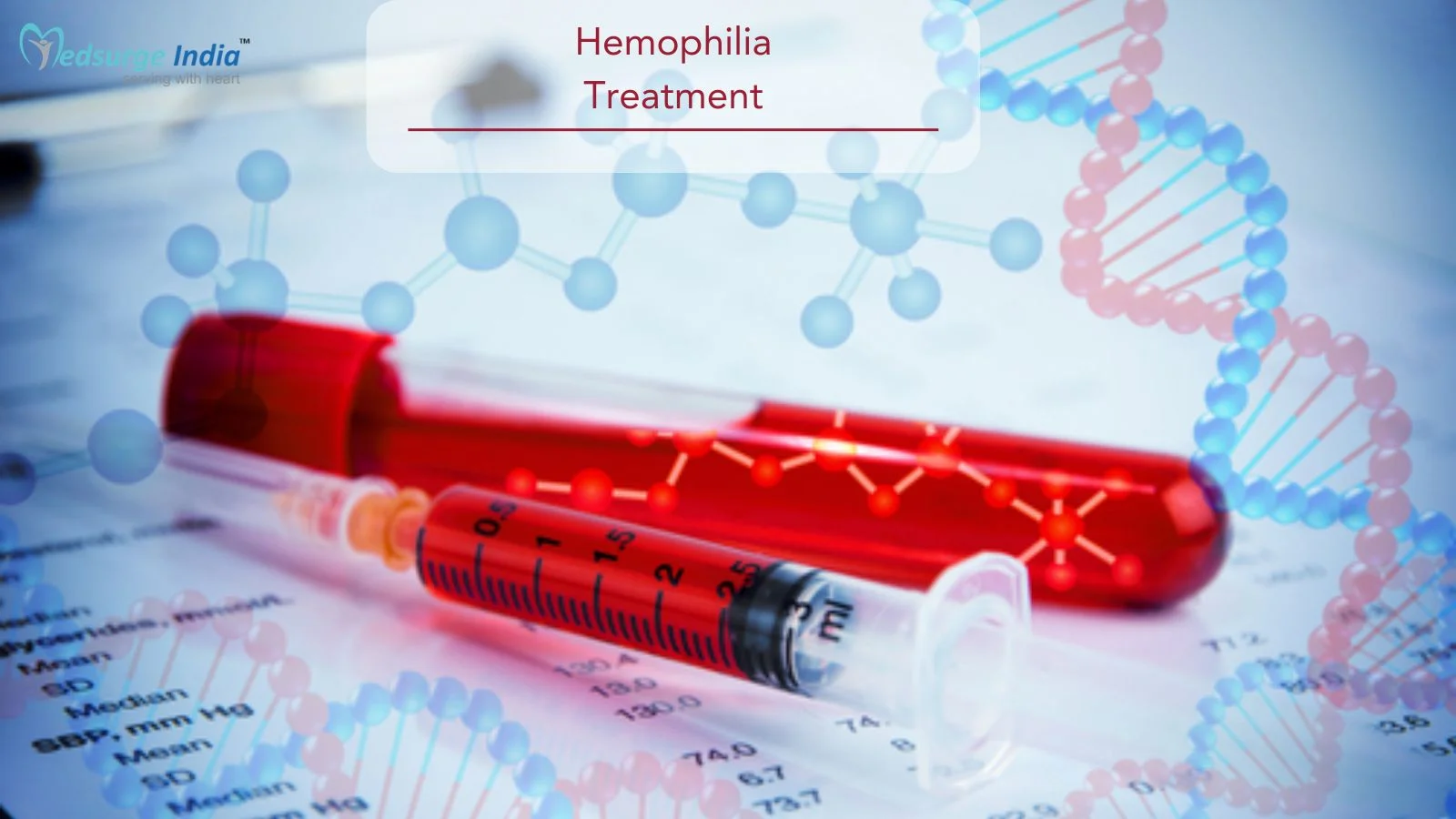While the world is observing Haemophilia Day today, the federal government remains far behind from addressing the challenges of bleeding disorders in the country as around 70 per cent of patients remain undetected thanks to lack of facilities at public sector hospitals and high cost of diagnosis at private labs, it emerged on Tuesday.
Often described as an orphan disease, haemophilia had no official ownership as haematology departments at most public sector tertiary care hospitals were either non-existent or dysfunctional and the diagnosis of the disease in the private sector was beyond the reach of ordinary people.
Resultantly, they said, around 70 per cent of the patients remained undetected and suffered the disability.
About the disease prevalence and diagnosis cost, Raheel Ahmed of the Haemophilia Welfare Society Karachi (HWSK) — the only organisation in the country formed and led by the people with bleeding disorders — said there were an estimated 80,000 patients with bleeding disorders in Pakistan, out of whom 30,000 were haemophilia patients.
The monthly treatment cost of a patient ranges between Rs300,000 and Rs1.7 million, depending on the severity of the blood disorder, whereas the cost for diagnosis is between Rs25,000 and Rs150,000.
‘Only 1,200 registered patients’
“We estimate that there are around 10,000 haemophilia patients in Sindh. Of this number, only 1,200 are registered,” Mr Ahmed of HWSK said.
He said that the organisation was managing the medication cost of the 1,200 registered patients with the help of World Federation of Haemophilia and private donations.
According to him, around 200 new patients are annually registered with the organisation that has also set up Pakistan’s first treatment centre for haemophilia patients last year.
“We need an annual budget of Rs1.8 billion to treat all affected children adequately. Besides, there is an acute shortage of medicines, which the government should address,” he said.
Sindh govt yet to okay treatment of 50 patients
The sources said that the Sindh government was yet to approve a summary pertaining to the treatment of 50 haemophilia patients registered with the HWSK.
They said that even after one year the summary, duly signed by the then health minister and health secretary, couldn’t find its way to the Chief Minister’s House for final approval.
“During meetings we had with the health department last year, it was decided that the provincial government would offer its financial support for treatment of 50 patients in the first stage and then gradually extend it to over 200 patients, aged between one and 12 years,” Mr Ahmed said.
He added that the government released only Rs24m last year that covered treatment cost of only six patients. “We have raised our voice at multiple forums for release of funds but to no avail,” he said.
According to the US Centres of Disease Control and Prevention, haemophilia is usually an inherited bleeding disorder in which the blood does not clot properly.
This can lead to spontaneous bleeding as well as bleeding following injuries or surgery. Blood contains many proteins called clotting factors that can help to stop bleeding. People with haemophilia have low levels of either factor VIII or factor IX.
The severity of haemophilia that a person has is determined by the amount of factors in the blood. The lower the amount of the factor, the more likely it is that bleeding will occur which can lead to serious health problems.

